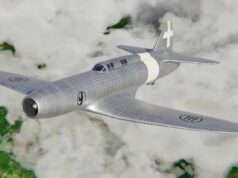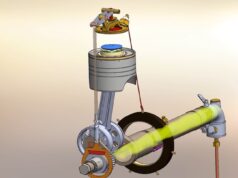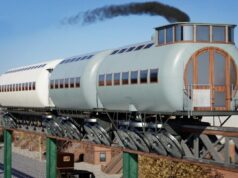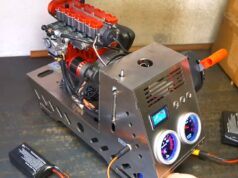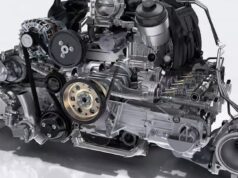A 3D animation showing how a 2020 Colt Python revolver works. Cinema 4D was used to create each individual part, as well as animating everything. Rizom UV was used for UV unwrapping. Substance 3D Painter was used for all the texturing. Redshift renderer was used for final output of lighting and textures.
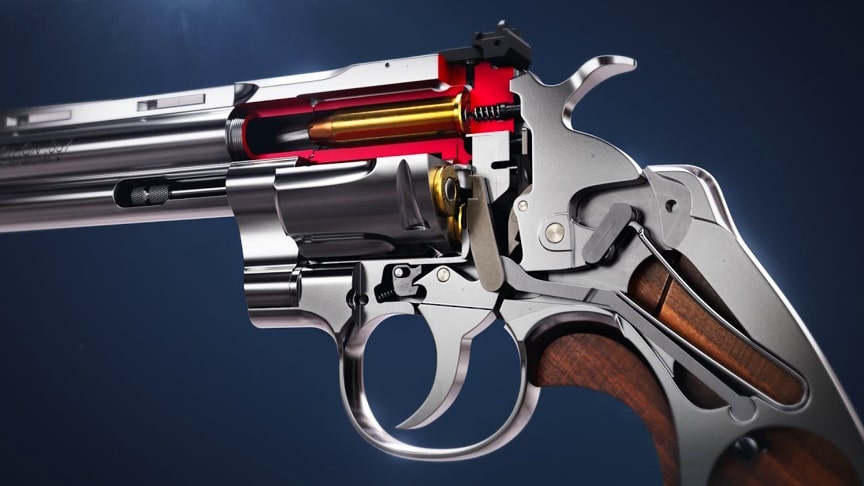
The Colt Python is a double action handgun chambered for the .357 Magnum cartridge, built on Colt’s large I-frame. Pythons have a reputation for accuracy, smooth trigger pull, and a tight cylinder lock-up.A revolver works by having several firing chambers arranged in a circle in a cylindrical block that are brought into alignment with the firing mechanism and barrel one at a time.Watch the video from Matt Rittman:
In a modern revolver, cartridges are loaded into six chambers, each of which can be positioned in front of the gun’s barrel. A spring-loaded hammer is positioned on the other side of the cylinder, in line with the barrel. The basic idea of the gun is to cock the hammer back, line up a new cartridge in between the hammer and the barrel and then release the hammer by pulling a trigger. The spring throws the hammer forward so it hits the primer. The primer explodes, igniting the propellant, which drives the bullet down the barrel.
Advertisement
A single-action revolver requires the hammer to be pulled back by hand before each shot, which also revolves the cylinder. This leaves the trigger with just one “single action” left to perform—releasing the hammer to fire the shot—so the force and distance required to pull the trigger can be minimal. In contrast, with a self-cocking revolver, one long squeeze of the trigger pulls back the hammer and revolves the cylinder, then finally fires the shot.

